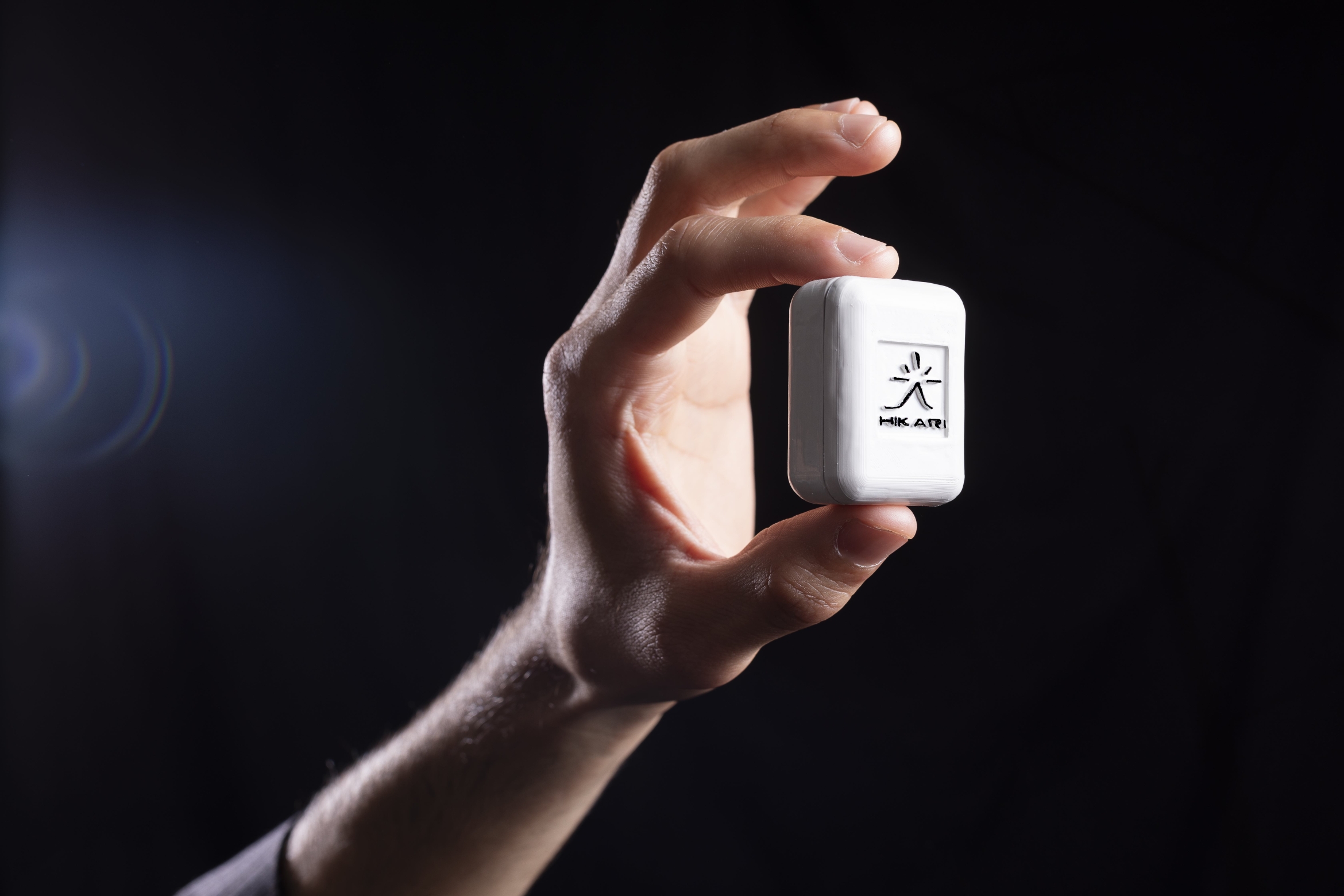
Over the last four or five years, while teaching pharmacology to students during his graduate program at UC Santa Barbara, doctoral candidate Willus Fisher noted a persistent problem.
“Every year, I reiterated the trade-offs between precise dosing with an IV versus an oral pill — where you can’t control the drug’s concentration levels in the blood very well,” he said. “The problem was nailed into my mind.”
It’s not a new problem; in fact, it’s well known that for more immediate effects, intravenous (IV) delivery is the best. IV offers drugs a direct route to the bloodstream, bypassing the gut gauntlet, so less of the drug is needed — and dosages can be measured and adjusted in real-time during the infusion.
But oral delivery has its own advantages: For one thing, it’s more convenient, requiring virtually no time in the patient chair. In addition, it avoids the potential for infections, vein damage and blood clots. However, once the pill is swallowed, the drug has to navigate the digestive system and it’s difficult to know how much ultimately gets to the bloodstream — and impossible to control the concentration once it gets there. Every year, this imprecision takes the lives of about 9,000 people in the U.S.; causes 1.3 million unnecessary patient injuries; and costs the healthcare system roughly $40 billion.
Fisher had been mulling over these issues when he met Aria Ghasemizadeh, a fellow doctoral student in the biomolecular science and engineering graduate program under the advisement of biology professor Cyrus Safinya. Ghasemizadeh, it turns out, was also contemplating the problem of how to get the best of both worlds — the convenience of a pill with the precision of an infusion. In cases where access to a hospital is minimal, such as with field medicine and search-and-rescue operations, rapid and precise drug delivery is one less uncertainty in a shifting environment.
“Precision and portability. If we could combine these two elements into a drug dosing platform, we would have in our hands a technology with unprecedented benefits to field medicine and medicine as a whole,” Ghasemizadeh said. “Not only would those outside hospitals be able to receive medicine on demand, but they would receive it with hospital-level precision.”

Fortunately, he had an idea: a device that could activate otherwise isolated drug molecules in the bloodstream as needed, as well as noninvasively monitor the activation of drugs.
“As soon as he started describing the system, I saw an IV drip that was a thousand times improved,” Fisher said. And from there the pair joined forces to develop such a device, while sharpening their business acumen through UCSB’s Technology Management Program (TMP). The result is a wearable device that continuously monitors and controls the concentration of drug molecules so that the potency from a shot or a pill can be optimized while minimizing adverse effects. To shepherd their invention into the market, they established the company Hikari.
The key to this technology is the combination of light and a drug-entrapping nanoparticle carrier. When exposed to light from the wearable penetrating the skin, the drug molecules in the bloodstream that have been enclosed in the nanoparticles break open, releasing the medication in a concentration large enough to be effective, but not excessive. On the other hand, if the device monitors adequate levels of drug in the bloodstream, whatever excess there may be remains enclosed in the nanoparticle and can be eventually eliminated through the body’s waste systems without being released.
Similar technologies have been developed which control where drugs are released in the body. “If you can achieve accumulation of the carrier at a specific physiological site, you can zap it with some external stimulus and release the drug where it needs to be,” Fisher said. This would be particularly useful in the case of chemotherapy for solid tumors, he added. Hikari adapted this strategy, in combination with a wearable, to achieve desired drug concentrations throughout the body, allowing its use for a plethora of diseases beyond solid tumor cancers.
The benefits go further still. Thanks to the ability to monitor and program the release of drugs in the blood, patients could spend less time in the clinical setting, which could reduce hospital bills and improve their quality of life. Hospitals and clinics, meanwhile, can avoid the hefty cost of dosage errors while still delivering high quality patient care.
This promising technology is still in its infancy but has already received accolades from the Technology Management Program, with Ghasemizadeh and Fisher taking home second place in the Technology Push category at TMP’s annual New Venture Competition. The prize money allowed them to start a lab and get equipment. The researchers look forward to further developing the device and eventually bringing it to market.
Read more about Hikari in UC Santa Barbara Magazine.
Sonia Fernandez
Senior Science Writer
(805) 893-4765
sonia.fernandez@ucsb.edu



